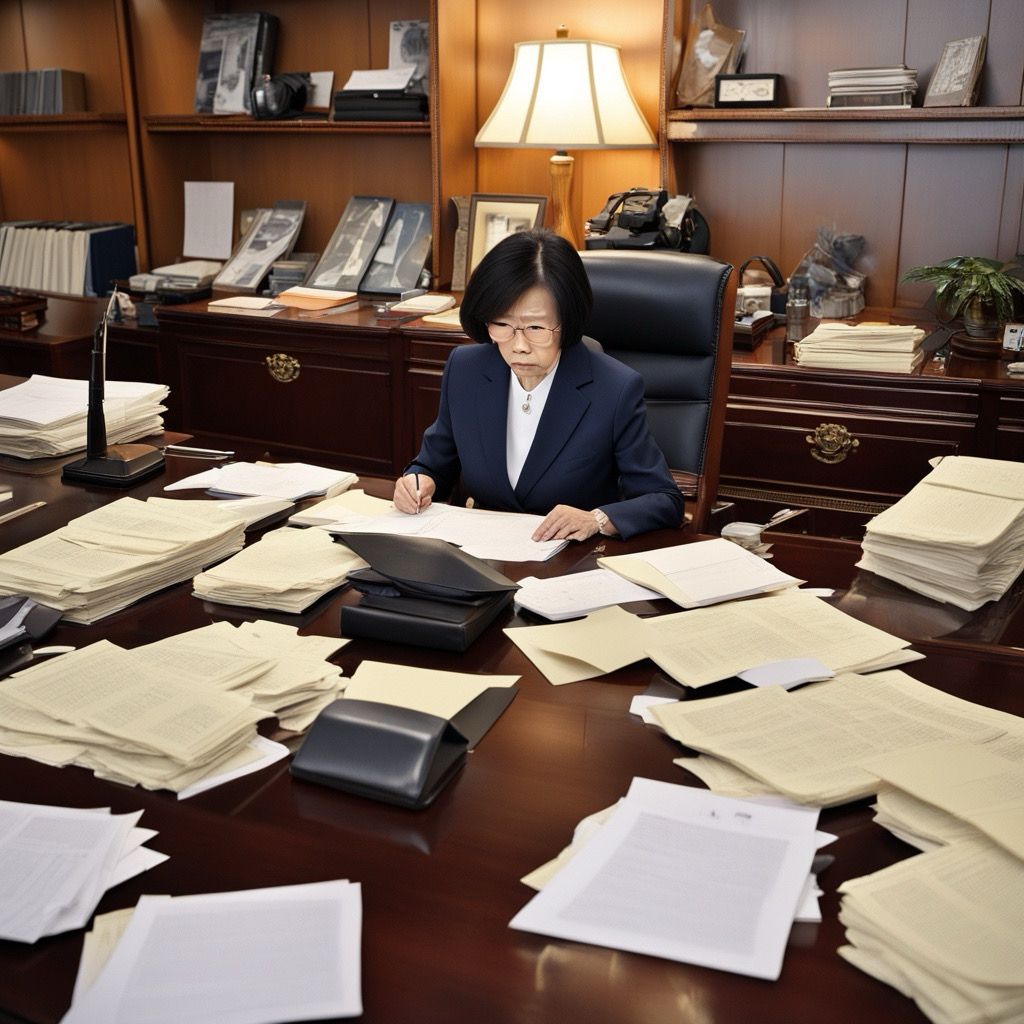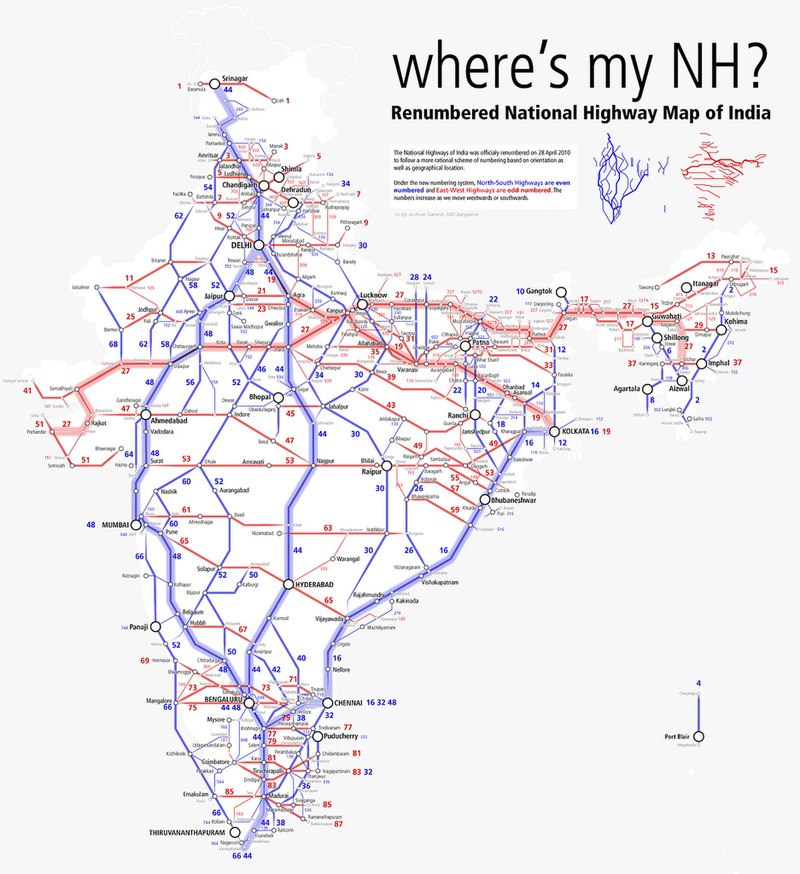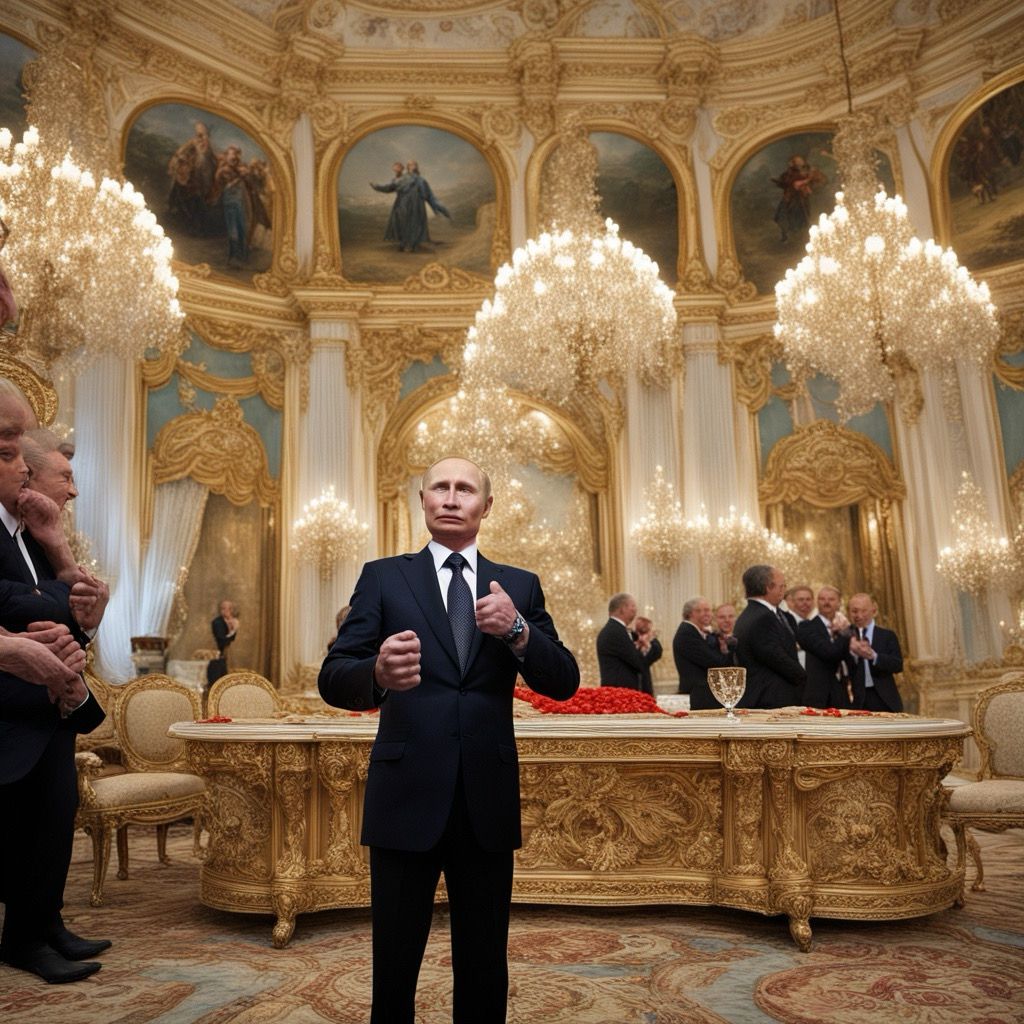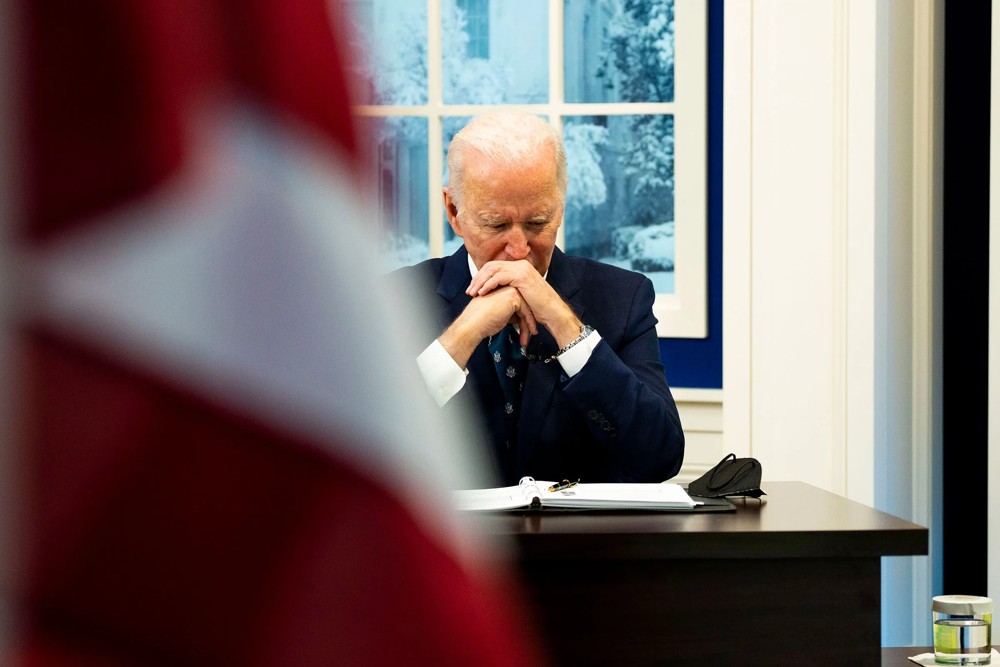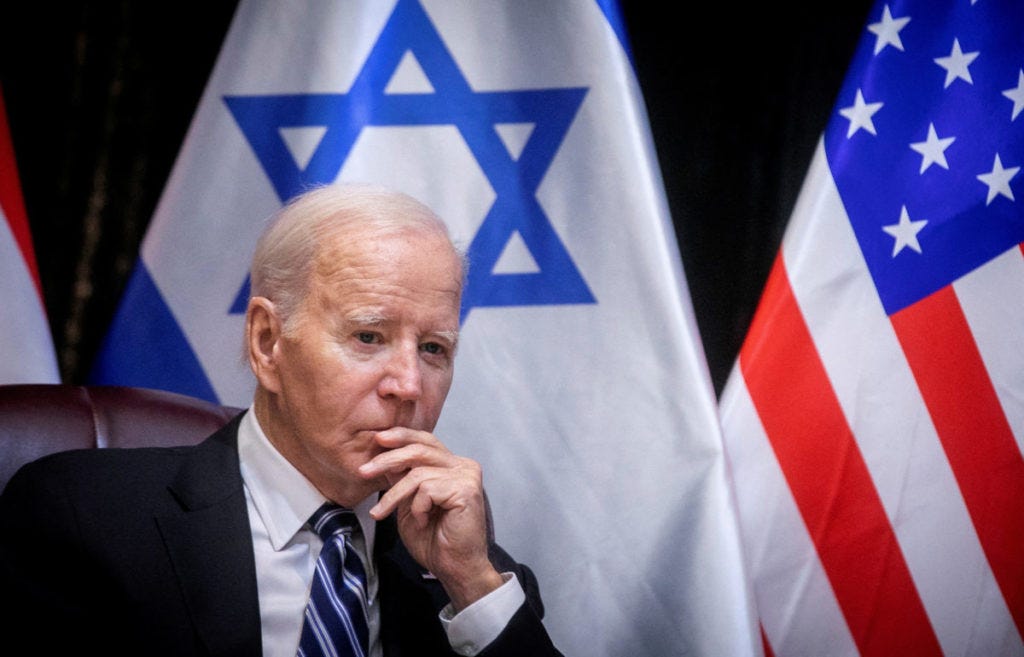Published: 6 months ago
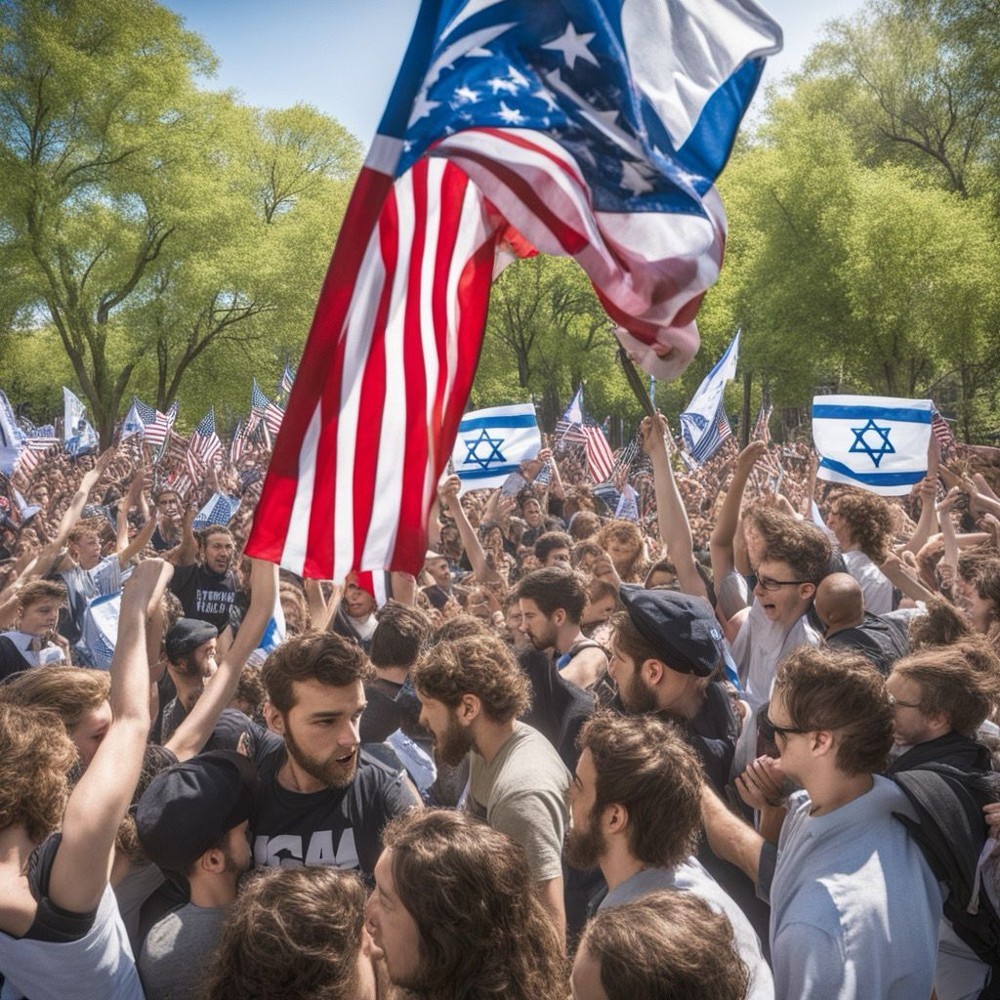
World Affairs
Summary
Protests and negotiations at colleges nationwide due to unrest over US support for Israel in its war on Hamas. Students arrested, campuses in turmoil. New York's Columbia University at the center. the situation in New York reached a breaking point. Protests erupted at NYU, Columbia, and other universities as students grappled with the ongoing conflict between Israel and Hamas.
Article
The protests sparked a national debate over free speech and the right to peaceful demonstrations. Students clashed over their beliefs, with some standing in solidarity with Palestine and others expressing concerns for the safety of Jewish students. The division on campus was palpable, with tempers flaring and voices raised in anger.
At Yale University in Connecticut, tensions boiled over as dozens of protesters were arrested during a pro-Palestinian demonstration. The scenes of chaos and violence played out on news channels across the country, fueling even more unrest and anxiety among college students.
Meanwhile, at Stanford University in Northern California, hundreds of students staged a walkout in support of Palestine. The campus was buzzing with energy and determination as students rallied together in solidarity. The atmosphere was charged with emotion as they demanded justice for the people of Gaza and an end to the violence.
At the University of California, Berkeley, students erected a Free Palestine Encampment, a symbolic gesture of their support for the Palestinian people. The campus became a hub of activism and resistance, with students coming together to make their voices heard.
But it was New York's Columbia University that became the epicenter of the demonstrations. Classes were moved online, and campus security was heightened in response to the growing unrest. The university issued a statement emphasizing the importance of safety for all students and faculty members.
The protests were born out of the ongoing conflict in the Middle East, where Hamas and Israel continued to exchange fire, leaving a trail of death and destruction in their wake. The numbers were staggering – almost 1,200 people killed, tens of thousands of others injured, and a humanitarian crisis unfolding before the world's eyes.
The images coming out of Gaza were haunting – buildings reduced to rubble, families torn apart, and children left without homes or parents. The gravity of the situation weighed heavily on the hearts and minds of students, who felt a sense of helplessness in the face of such overwhelming suffering.
As the protests raged on and negotiations dragged on, the future remained uncertain. The fate of Palestinians in Gaza hung in the balance, and the safety of Jewish students at home was a growing concern. The tension on college campuses was a reflection of the broader turmoil in the world, where conflict and violence seemed to be escalating with each passing day.
And so, as the sun set on another turbulent day in New York, the protests continued, the negotiations inched forward, and the students grappled with the weight of it all. The worry in the air was palpable, the fear was real, and the hope for a peaceful resolution seemed to be slipping further and further away.
No opinions exist on this article yet!
Be the first one to share an opinion on this article.
This article does not have any attachments.
No Access
Share access to start recording your opinion



